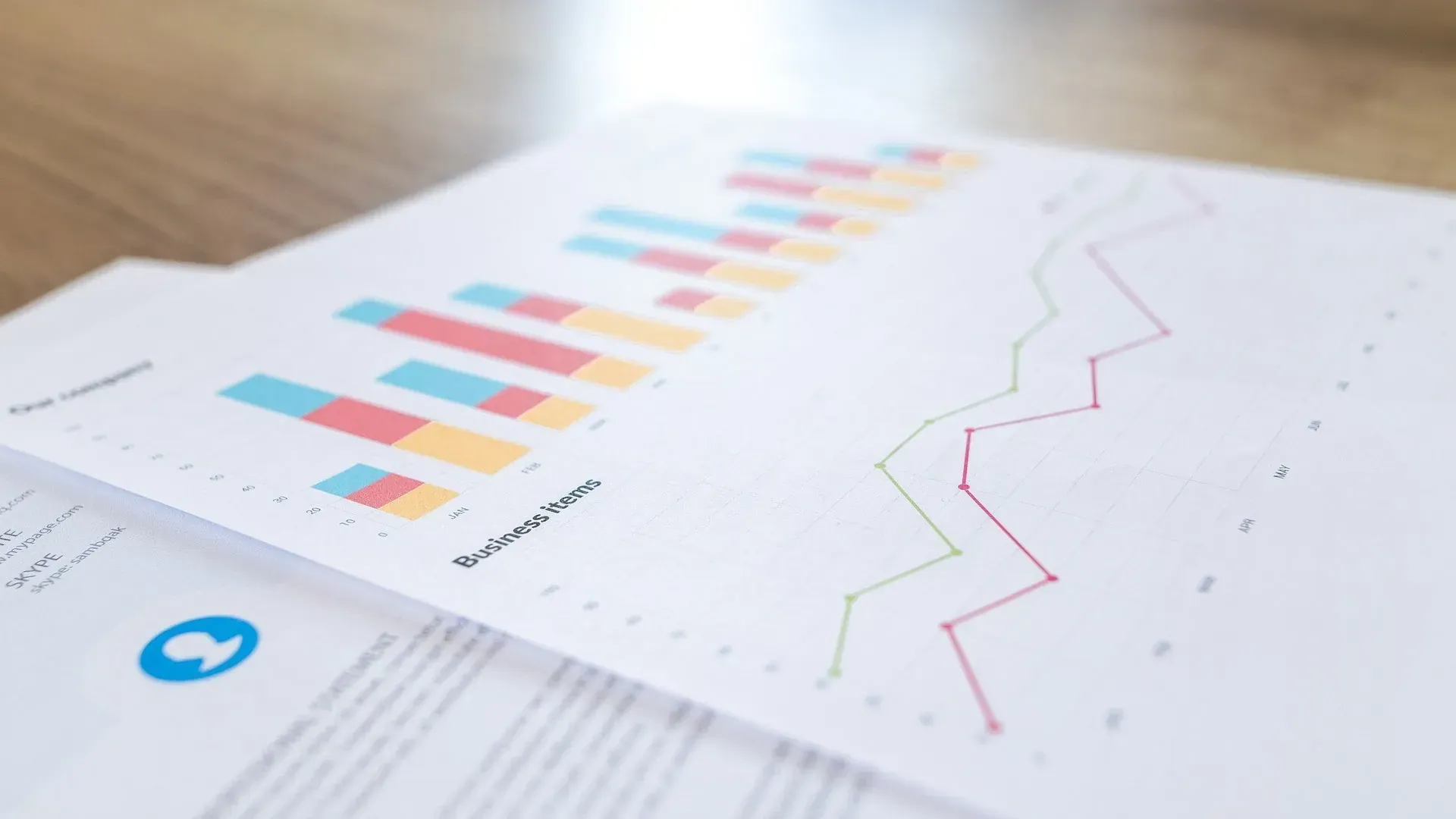Tableau vs. Excel: Why You Should Make the Switch
For decades, Excel has been the go-to tool for data analysis and reporting in businesses across the globe. It’s familiar, versatile, and comes with many useful features. However, as the complexity and volume of data increase, many companies are finding that Excel has its limitations. Enter Tableau, a modern business intelligence (BI) tool built for advanced data visualization, real-time analytics, and interactive dashboards. If you're still relying solely on Excel for your business analytics, here are several compelling reasons to consider switching to Tableau.
1. Advanced Data Visualization
While Excel offers basic charting options, it falls short when it comes to advanced and interactive visualizations. Tableau, on the other hand, is designed for data visualization from the ground up. It allows users to create dynamic and interactive dashboards with a wide range of charts, maps, and other visualization tools. These dashboards are not only visually stunning but also intuitive, helping users quickly grasp insights that would be difficult to spot in Excel’s static charts.
2. Handling Big Data with Ease
Excel can struggle with large datasets, often becoming sluggish or even crashing when handling millions of rows of data. Tableau is built to handle big data seamlessly. It connects directly to data warehouses, cloud storage, or live databases, allowing users to analyze millions of rows of data without performance issues. If your organization deals with large datasets, Tableau is the superior choice for efficient, large-scale analytics.
3. Real-Time Data Analytics
In today’s fast-paced business environment, making decisions based on outdated data can be detrimental. While Excel requires manual refreshes, Tableau allows for real-time connections to your data sources. This means you’re always working with the most current data, giving your business a competitive edge with up-to-the-minute insights. Whether it’s sales performance, inventory levels, or customer behavior, Tableau helps you stay agile with real-time data updates.
4. Interactive Dashboards and User Experience
One of Tableau’s standout features is its ability to create fully interactive dashboards. Users can drill down into data, filter views, and explore trends on the fly, all with a few clicks. Excel, by contrast, requires manual updates and complex formulas to create similar functionality, which can be cumbersome and time-consuming. Tableau’s user experience is designed to be simple, allowing users of all technical levels to interact with data without needing extensive training.
5. Collaboration and Sharing
Excel files are often shared as static reports via email, which can lead to version control issues and limited collaboration. Tableau offers a much more collaborative environment with Tableau Online and Tableau Server. Users can share live, interactive dashboards with their teams or clients, ensuring everyone is on the same page. Tableau’s cloud capabilities also allow multiple users to collaborate on the same data without risking duplication or data errors.
6. Data Integration and Connectivity
Excel’s ability to integrate with external data sources is somewhat limited and often requires manual import/export processes. Tableau, by contrast, offers seamless connectivity to hundreds of data sources, including cloud databases, data warehouses, and big data platforms like Hadoop. Tableau enables you to blend data from various sources, providing a unified view of your business's performance without the hassle of manually updating spreadsheets.
7. Automation and Time Savings
Excel requires significant manual effort to update reports, build charts, and refresh data. Tableau automates many of these processes. Dashboards are updated in real-time, and reports can be set to refresh automatically based on live data connections. This not only saves time but also reduces the risk of human error that can occur during manual updates in Excel.
8. Advanced Analytics and Insights
While Excel does offer some advanced analytics features like pivot tables and basic statistical functions, Tableau takes analytics to the next level. It integrates advanced analytics capabilities such as forecasting, clustering, and trend analysis right out of the box. Tableau’s drag-and-drop interface makes it easy to apply these analytics without needing to write complex formulas or code.
9. Scalability
Excel is a powerful tool, but it was never designed to handle the scale of modern data analytics. As businesses grow, they require more robust solutions to handle larger datasets, more complex visualizations, and real-time analysis. Tableau scales effortlessly, from small businesses needing basic dashboards to large enterprises analyzing massive datasets across global operations.
10. Focus on Data Governance
Excel lacks robust data governance tools, making it easy for errors or inconsistencies to creep in. Version control issues, broken formulas, and outdated data can compromise the accuracy of your reports. Tableau addresses these challenges by offering built-in governance features, ensuring that users are always working with accurate, up-to-date, and reliable data. With Tableau, you can establish better control over data access, sharing, and compliance within your organization.
While Excel has served businesses well for decades, its limitations are becoming more apparent in the age of big data and real-time analytics. Tableau provides the tools you need to visualize, interact with, and make decisions based on your data—quickly and easily. Its advanced features, real-time connectivity, and scalability make it the go-to solution for businesses looking to take their analytics to the next level.
At Arctic Analytx, we specialize in helping companies transition to Tableau for better data analysis and business insights. Whether you’re looking to make the switch or want to explore how Tableau can help your business, contact us today to get started!



